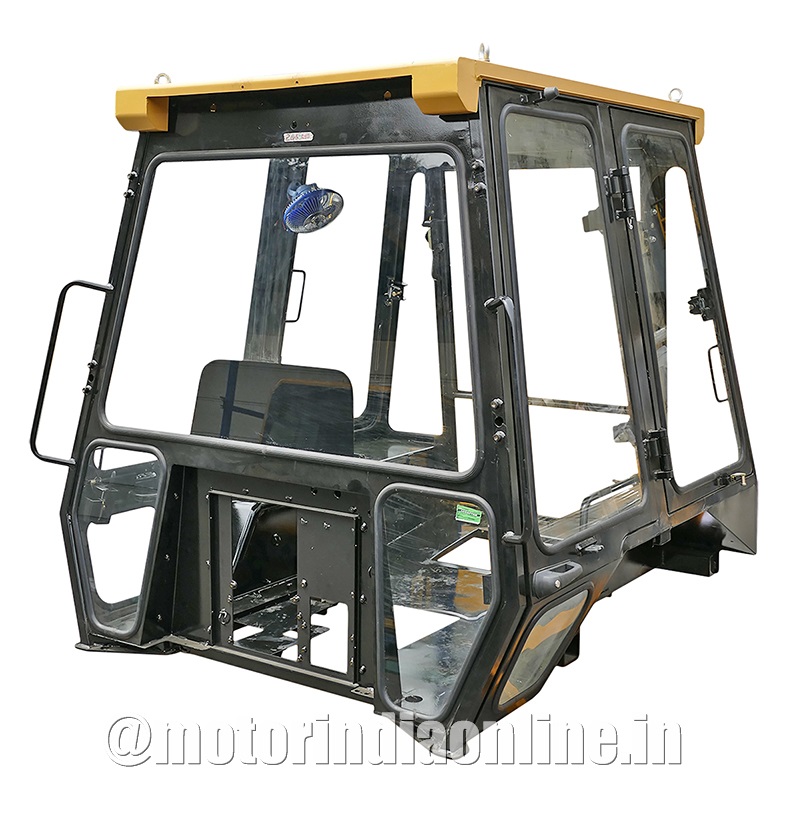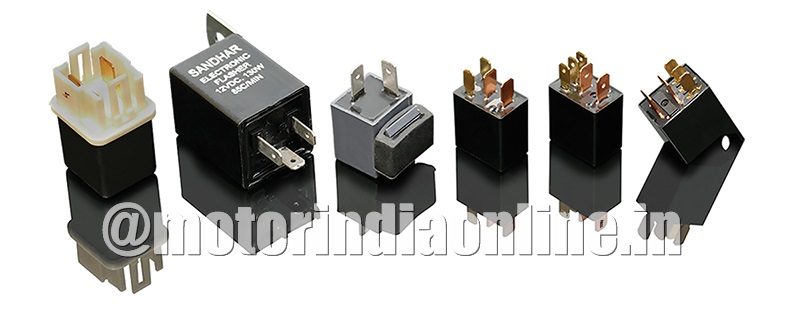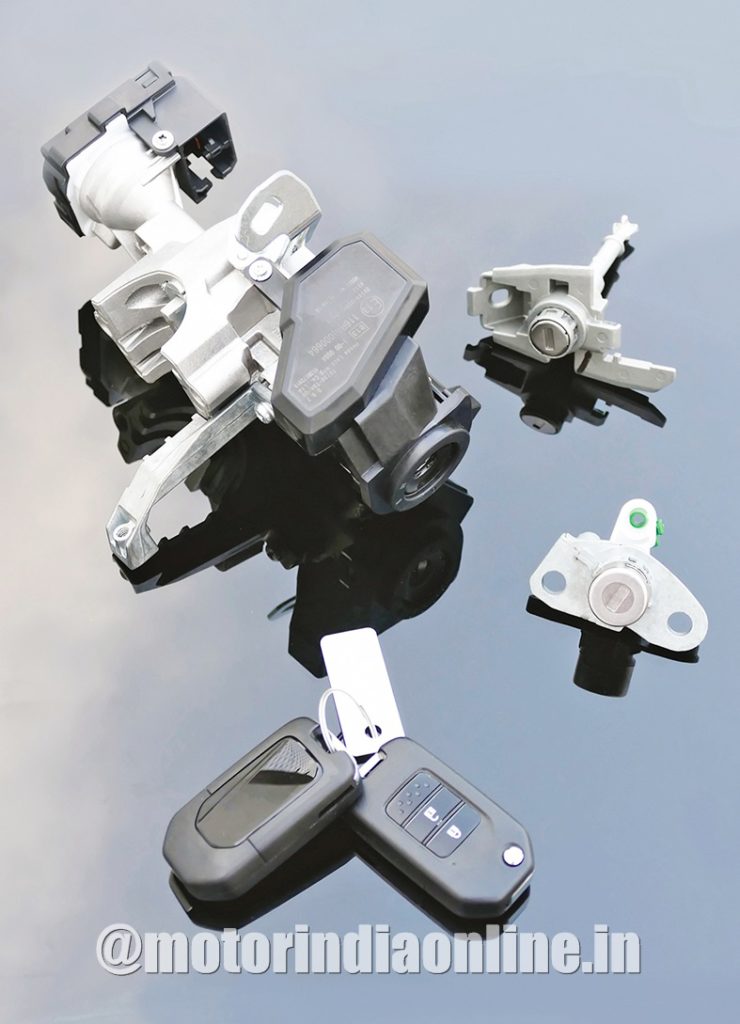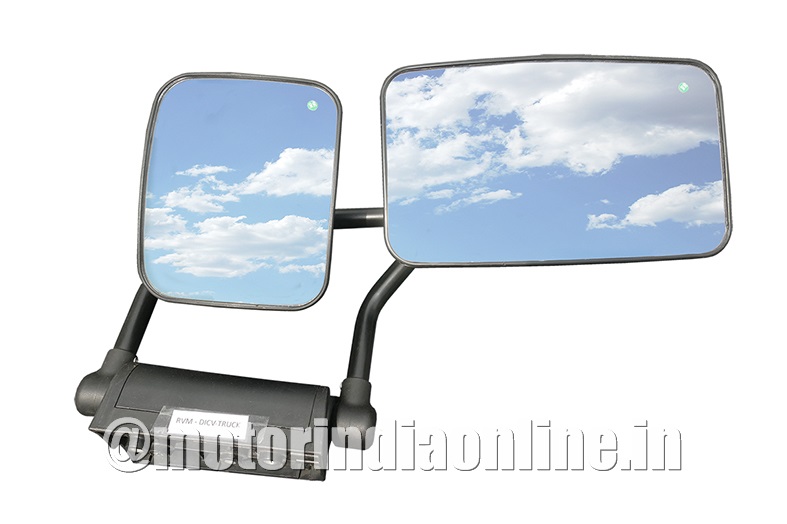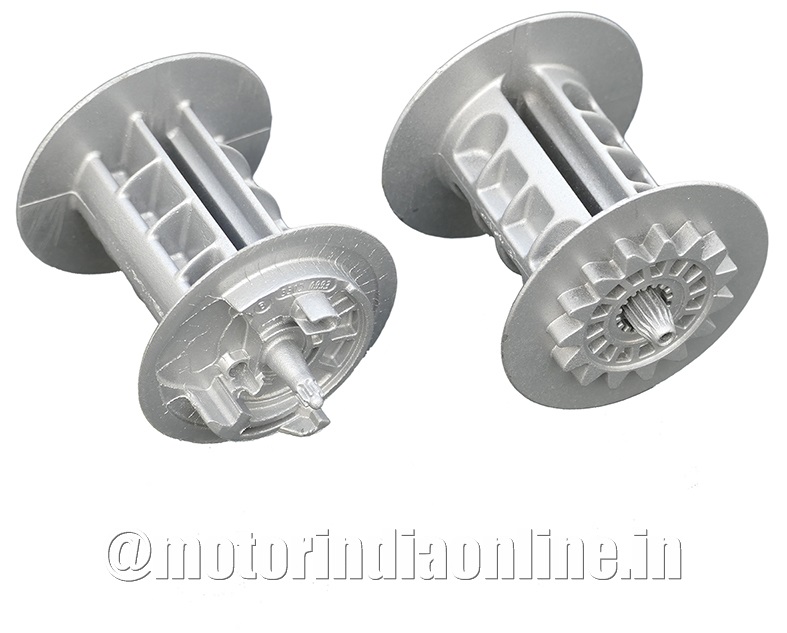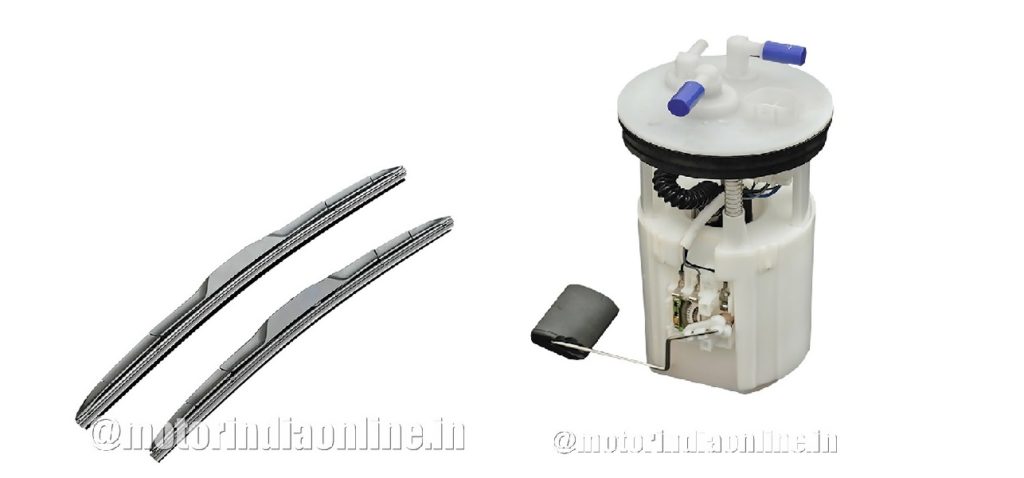In conversation with Mr. Arvind Joshi, Wholetime Director, CFO and Company Secretary, Sandhar Technologies Ltd., on what drives his Rs. 20 billion worth company to constantly pursue new opportunities emerging out of disruptive megatrends and its ways-and-means to embrace sustainability in auto component manufacturing.
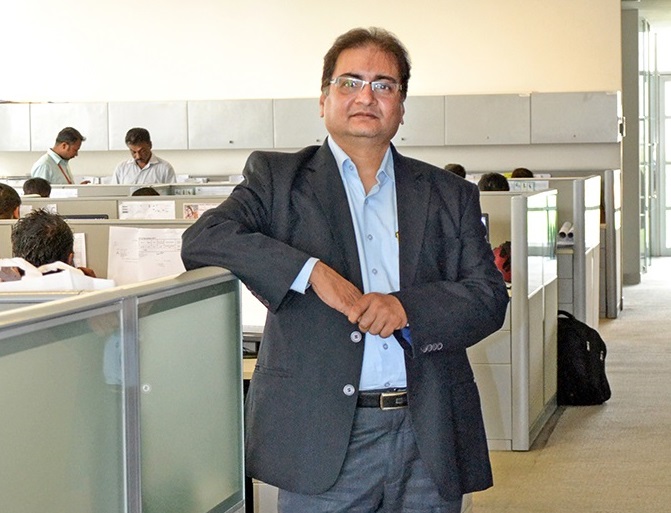
Company Secretary, Sandhar Technologies Ltd.
The process of evolution takes a company on to great things. Sometimes, its journey may make sense, while at other times, its story may simply surprise you. I recently came across a 31-year long story of a home-grown auto parts company that stormed my mind with awe. Its narrative took me back in time, but also gave me a glimpse of what this company grasps for future! What this company has grown into across its timeline is simply staggering, beginning its day one as a sheet metal components supplier centred on a local OEM back in 1987 to become a multifaceted manufacturing house involving diverse range of products across vehicle segments.
The story of Sandhar Technologies is indeed a classic example of successful business partnerships making silent revolution in the Indian auto components industry, by strengthening domestic design and manufacturing competence. For instance, the company is the world’s largest supplier of two-wheeler locks, which stacks up almost 21.1 per cent of its total revenue. It also holds a 28 per cent global market share in manufacturing seatbelt spool for passenger cars. While about 58.1 per cent of the company’s revenue pie accounts for its two-wheeler products portfolio, some 33.6 per cent is attributed to that of four-wheelers and construction equipment (CE) that involves a variety of metal stamping and die casting components among others.
That’s not all. With 40 manufacturing facilities across India and abroad, Sandhar is said to be investing significantly in developing new product lines in line with market trends and consumer preferences of the future.
This includes new plastic mouldings, zinc and magnesium die casting, fuel pumps and filters, and helmets to name a few. Undeniably, Sandhar Technologies is one such behemoth player transforming the local auto parts industry in the country.
Making priorities right
Director and CFO today, Mr. Arvind Joshi beams with pride in the way his company has striven hard to shape its own destiny all these years.
In an exclusive interaction with MOTORINDIA, he said the Sandhar’s emergence as an influential group in the auto components industry today goes back to decades of conscious planning and multiple collaborations. “Initially, our portfolio was limited to just few specific products tied around an OEM in the two-wheeler segment. In due course, we realised that to ensure sustainable growth, we have to decouple ourselves from the growth course of OEMs”.
“Post-GST, the Indian aftermarket is becoming more and more organised, creating new opportunities for tier-1 suppliers. Consumers’ awareness on quality products and their purchasing power is also helping this space to mature.
– Mr. Arvind Joshi, Wholetime Director, CFO and Company Secretary, Sandhar Technologies Ltd.
Sandhar, he explains, re-devised its core strategies in two ways. Firstly, by increasing its content per vehicle, thereby proportionately achieving more revenue per vehicle, while simultaneously diversifying its product portfolio across ancillary categories and vehicle segments. “We started with sheet metal stamping for motorcycles, but later on diversified into locking systems, rear-view mirrors, plastic mouldings, casting components, and so on. This way, we ensured large quantum of business from our OEM clients, while also significantly cutting our production costs, which in turn made us more efficient and capable for further investments”, he said.
Further, diversified technology platforms have helped this company escape segmental hiccups and embark on a growth continuum. “Growth dynamics and customer preferences are different across various segments and there is no uniform growth pattern or period for all. Thus, a wide-ranging presence bring us a self-supporting balance in terms of revenue for the house, the cross subsidisation that takes place between various segments and customer categories offset market uncertainties in a big way”, according to Mr. Joshi. At the present time, he said, it is the CE segment that helps Sandhar to post 20 per cent plus growth, the time when passenger cars and two-wheeler markets show mediocre performance.
Driven by future
Over the past six years, Sandhar Technologies has invested over Rs. 650 crores to prepare the next level of capabilities in line with future trends. Mr. Joshi said: “First things first, Sandhar is always driven by future, that we prepare much in advance ahead of industry needs. We aspire growth not just in revenue numbers, but necessarily in operating activity, as we seek infrastructure setup to have elasticity for future, may it be the ERP system way back in 2002 or establishment of at least one manufacturing facility every year since 2005”.
The last financial year, in particular, has been a golden period for the company, with a turnover of around Rs. 1,900 crores, which may shoot up to Rs. 2,500 crores mark in FY2019. About six new joint ventures with international partners has been signed in this period, and the ensuing new products is likely to drive up revenue in upcoming years, said the Director. “The growth since FY 2018 is moving in a continuum generally speaking. The market remains largely bullish, although the consumer demand is affected due to uncertainties arising out of disruptive transitions into BS-VI and electrification especially in the passenger cars segment”, he added.
“How fast can you adapt to the changing environments? How receptive can you be to meet the preferences of OEM customers and end users? That’s indeed the critical vision essential for survival of an auto component supplier these days.
– Mr. Arvind Joshi
With regard to product lines, Sandhar wants to remain focussed on safety and security systems for automobiles, with thrust on electronic and connected technologies, light weighting, and efficiency. “Our expertise to combine steel with plastics, zinc and magnesium die-casting, and sensor-based body control modules are making a huge difference already.”
“We are committed to bring OEM-centric components based on changing industry standards and preferences of consumers”, claimed Mr. Arvind Joshi. It is a conscious decision, he opined, not to venture into ferrous casting, forging, or engine (mechanical) components as they are vulnerable to disruptions of technology cycles.
The company’s technical collaboration with Whetron Electronics of Taiwan, he cited, is making huge progress in emerging automotive electronics.
The JV Sandhar-Whetron is rolling our passenger safety products including rear parking assist, auto parking and cameras, driver monitoring system, tyre pressure monitoring, smart locking, and so on. The company is also sensing huge opportunity in plastic trims and related accessories, including sun visors, car screens, moulded parts and NVH solutions for cars and utility vehicles, with an Rs. 65 crores investment into a partnership with Kwangsung Corporation of Korea.
Disruption and opportunities
“Technology disruption is more pronounced in the passenger vehicles segment, unlike that of two-wheeler or CVs. OEMs want to work with suppliers who can create infrastructure and in-house R&D well in advance”, said Mr. Joshi, while adding that Sandhar established its own centre for innovation and development in 2012 to constantly enrich our capacities in designing, simulation and prototyping, testing, and analysis, thereby augmenting R&D happening at our technical partners. He also emphasised on his company’s ‘Glocal’ approach, wherein the synergies are rightly matched based on the markets they operate on.
Asked on new interest areas for Sandhar, the Director insisted on new potentials arising in the aftermarket post-GST reforms. “The segment is now becoming more and more organised, while consumer awareness on quality products and their purchasing power is increasing – right time for us to up the ante”, he observed, pointing out to a JV with Amkin Group that is coming up with helmets and body protective parts for the domestic aftermarket.
These are high-quality products akin to European standards, even with connected and voice assist technologies, meeting Indian B2C requirements, he added. At present, only about 2 per cent of total revenue comes from aftermarket, reason partly being a majority of its existing products are not consumables as such at end-user level.
In a nutshell, Sandhar’s evolution lies firmly in its priorities and resource foundation including technical partnerships. “We will continue to ride on our committed collaborations and JVs. Our priorities will be to develop new cutting-edge products that can create niche market for us in the industry, diversifying across different segments and customer base”, declared Mr. Arvind Joshi.
